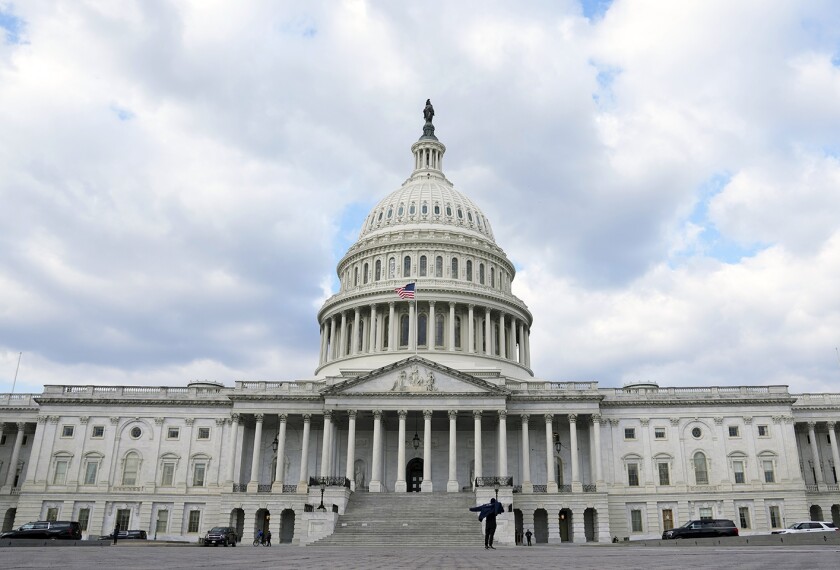The 10 states receiving high school redesign grants under the National Governors Association’s High School Honor States program have taken significant steps to ensure that students are prepared for college and the workforce, according to a midterm assessment of the program released at a meeting of grant recipients here last week.
But much more work needs to be done, both within those states and nationwide, the report’s authors say.
“At the midpoint of these two-year grants, considerable activity is under way,” the report, written by staff members from the NGA, says. “As intended, the challenge grants are focusing attention and resources on the specific policy and regulatory changes necessary to advance each state’s comprehensive vision of high school redesign.”
Despite the progress, however, “states are neither where they want nor need to be in terms of student performance,” the report says.
The $20 million program, underwritten by the Bill & Melinda Gates Foundation, supports governor-led initiatives to reform high schools and improve the rate of students who graduate ready for college. Each of the 10 states involved—Arkansas, Delaware, Indiana, Louisiana, Maine, Massachusetts, Minnesota, Michigan, Rhode Island, and Virginia—is required to follow a blueprint agreed to by governors and business leaders at the 2005 National Education Summit on High Schools. (“States Take Steps to Put More Rigor Into High Schools,” March 2, 2005.)
The core activities, or “non-negotiables,” of that blueprint include setting 10-year performance goals to improve high school graduation rates and rates of college readiness, using a common formula to calculate graduation rates, demonstrating gubernatorial leadership in creating a pre-K-16 education system, submitting performance data, and crafting and implementing a communications plan to support the redesign efforts.
Based on that structure, program officers found “several encouraging trends” among states’ efforts, Alex Harris, a senior policy analyst for NGA, told state education leaders at the two-day meeting held to discuss the analysis.
For example, he said, many of the grantees are taking such steps as adopting more-rigorous high school graduation requirements, aligning high school standards with postsecondary expectations, expanding opportunities for students to take college-level courses while still in high school, and instituting data systems that bridge high schools and postsecondary institutions.
Persuading the Public
As part of the grant program, states also are required to tackle “state-specific reform activities” within their own borders. For example, Louisiana, Massachusetts, and Virginia are using the money to focus on dropout prevention. Other states are choosing to adopt end-of-course-exams, increase the academic rigor of career and technical programs, and improve adolescent-literacy programs, among other initiatives.
State education leaders at the meeting discussed the challenge of persuading the public about the need for action and then ensuring that their education systems have the capacity to enact the changes.
Sue Carnell, an education adviser to Michigan Gov. Jennifer Granholm, a Democrat, said that policymakers, who went to high school before the days of the Internet and wireless communication, didn’t always understand why the state wanted, or needed, to increase the number of graduation requirements last year to 16 from one. (“Michigan Poised to Implement Tough New Graduation Rules,” April 12, 2006.)
“The skills needed now weren’t required by the people who were making the decisions [when they were in high school],” she said.
Similarly, other leaders discussed the difficulties in changing the number and rigor of graduation requirements when many states are struggling with teacher shortages.
Program officials note the importance of being realistic about the speed and scope of change, given the two-year time frame and the relatively small grants, $2 million per state.
“We realize that our funds, our philanthropic effort, is only a drop in the bucket” when it comes to the amount of money spent on education, said Sandra Licon, a program officer of the Seattle-based Gates Foundation, which also helps support Education Week’s Diplomas Count report on graduation-related issues.
That is why the foundation chose to put money into state policy efforts rather than individual schools, she said.
The hope, she said, is that the grantees together will produce “real systematic change, not only at the state level, but collectively.”




